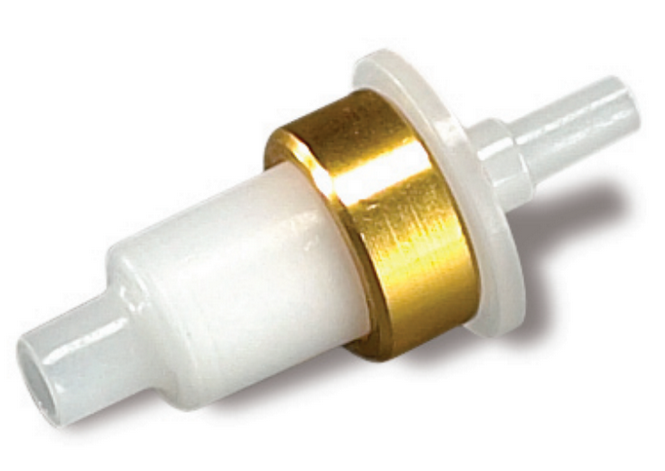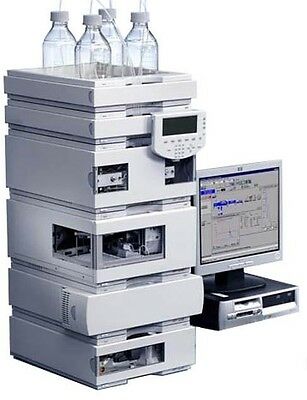Indoor Carbonyls
Collect air samples for analysis by offline techniques.
Explain the principle of operation of high performance liquid chromatography.
Interpret chromatograms in the context of instrument standards to separate, identify and quantify components in a mixture.
Contextualize the results using peer-reviewed studies
Background
There is significant debate in the health and exposure community about the relative importance of indoor and outdoor air quality. While we most often think about emissions sources that directly impact outdoor air such as vehicle exhaust, industrial facilities, and wildfires, most of us spend much more time indoors than outdoors. Indoor air quality is influenced both by infiltration of outdoor air and by numerous indoor activities such as cooking and vacuuming, and numerous indoor emissions sources such as carpet, particle board, paint, cleaning products, and air fresheners. The relative importance of outdoor and indoor sources is impacted by individual preference and behavior (e.g., leaving windows open) and by increasingly common and effective energy savings measures incorporated in houses and buildings that reduce indoor/outdoor exchange of air. Carbonyls are one particular class of compounds that has garnered significant interest for indoor air quality. Several carbonyl compounds are known to pose significant health concerns when present at sufficiently high concentrations.
Report
Please follow the report outline.
Don't forget to print and paste the grading rubric at the end of your report. Not providing the grading rubric will lead to point deductions. Use the grading rubric as a checklist for how to prepare a proper report.
Methods

You will be provided two DNPH cartridges in sealed pouches. DNPH cartridges consist of acidified 2,4-dinitrophenylhydrazine-coated silica particles that bind carbonyl containing gases. Air is forced to flow through the cartridge with the help of a pump. Carbonyls present in the air are trapped and extracted at a later time for chemical analysis. Be sure to label the sample bags and keep track of the two cartridges; mixing up the indoor and outdoor samples would obviously negatively impact your results. Also be sure to remove the cap on the cartridge. The samplers are started simply by connecting the pump electrical leads to one of the batteries you are provided. After stopping the samplers at the end of 24 hours, remove the DNPH cartridges, return them to their pouches, and keep them in a refrigerator until returning to campus on Wednesday.

During lab on Wednesday, the instructors will assist you in eluting the carbonyls that are trapped on the cartridges using acetonitrile and then injecting the resulting solution into a high performance liquid chromatograph (HPLC) with UV/Vis detector. Discuss the methods and instrumentation with the instructors so that appropriate detail can be provided in your laboratory report, including the mobile and stationary phase, the mode of HPLC operation, and the mode of detection, and the appropriate instrument calibrations. Pay close attention to the instruction you are provided for using measurements of standards to relate the retention times (x-axis of the chromatogram) and intensities (y-axis) to the types and abundances of the set of carbonyl compounds present.
Resources
DNPH Manual (link)
HPLC Basics (link)
Estimating contributions of indoor and outdoor sources to indoor carbonyl concentrations (link)